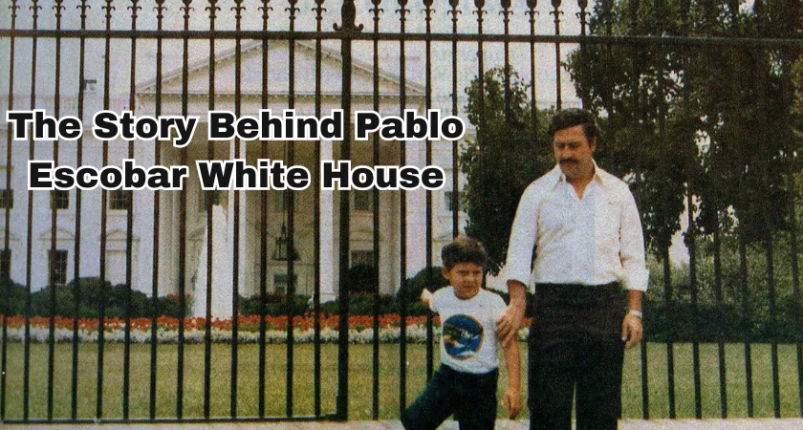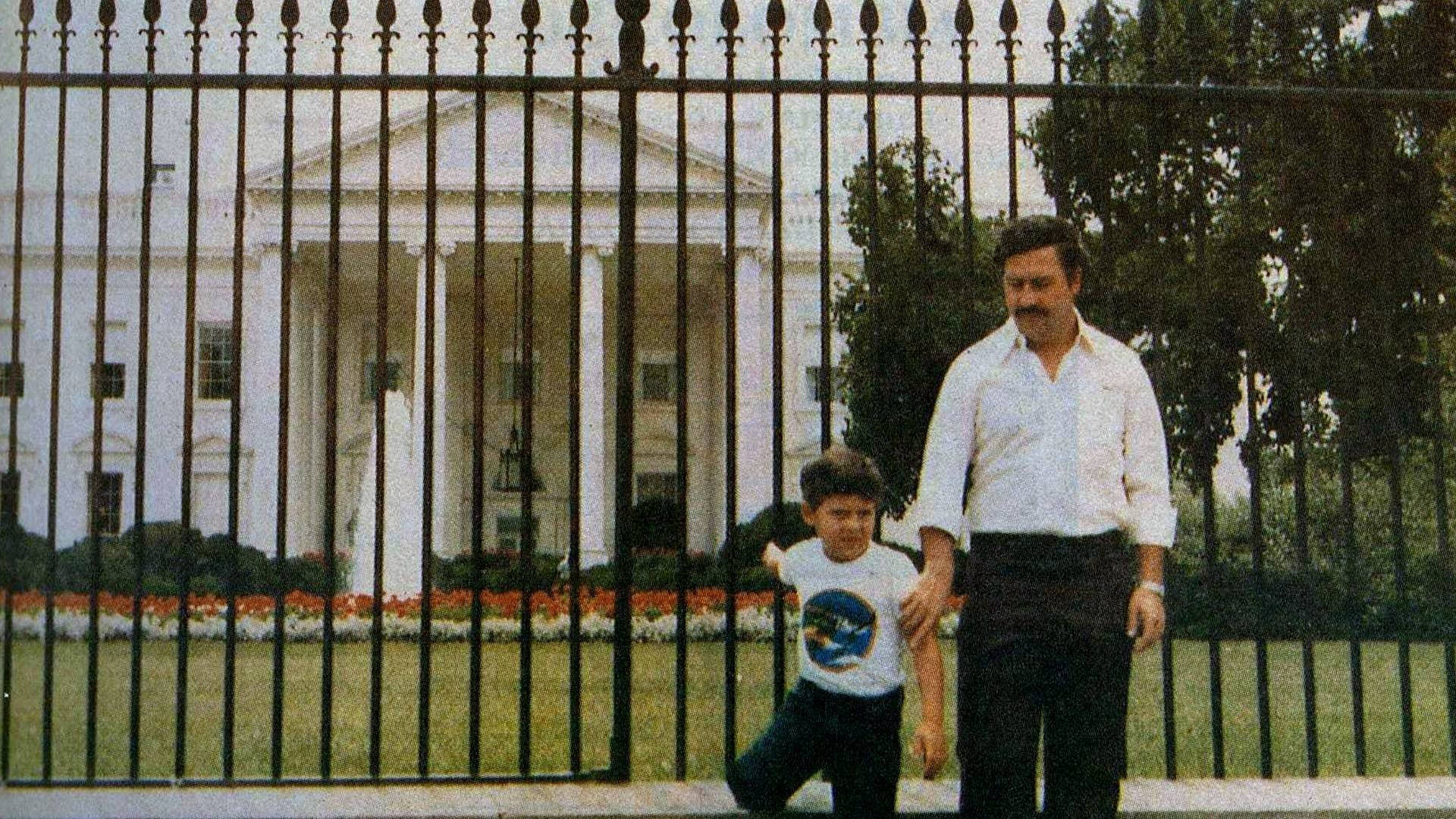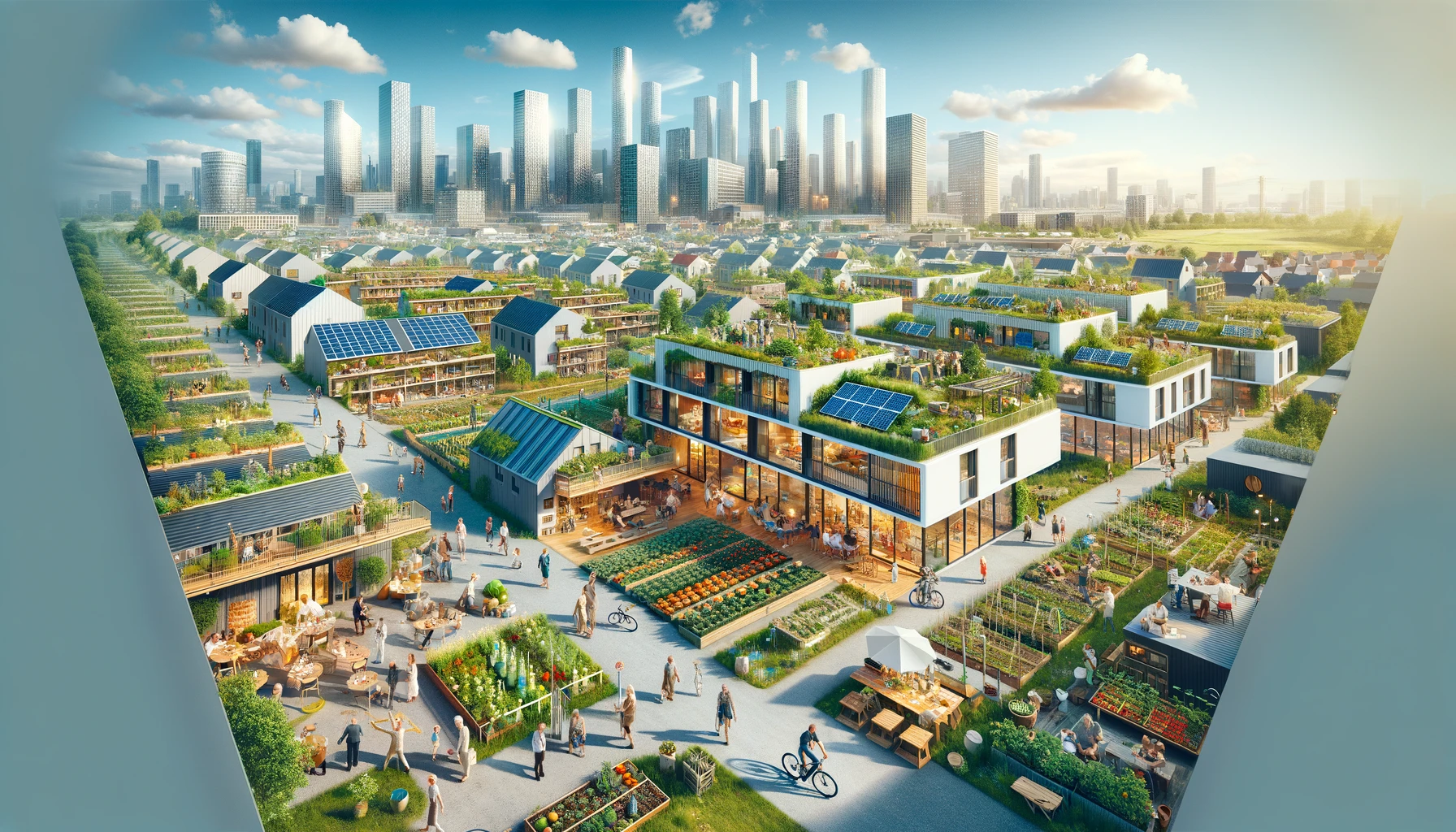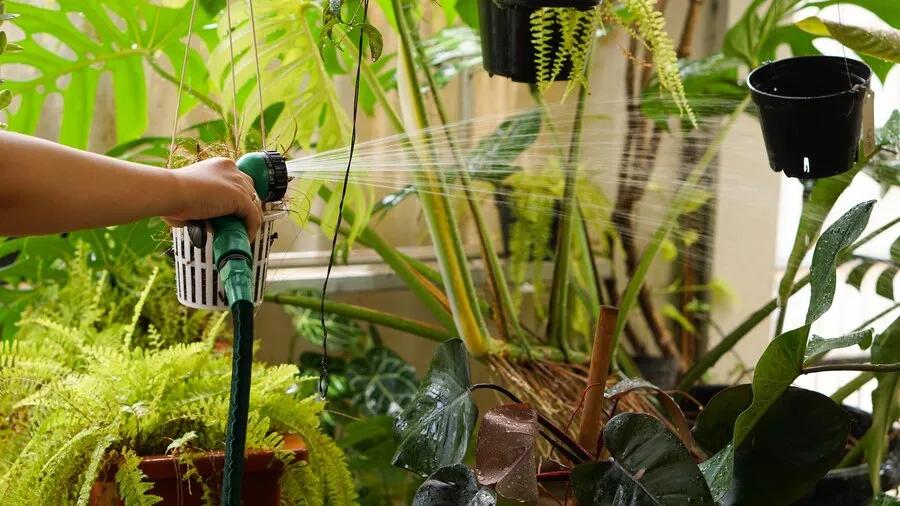Uncover the secrets of Pablo Escobar White House in Medellín, Colombia—a fortress of power, intrigue, and contradiction. Explore its origins, life inside, and the enduring impact on Medellín’s culture.
The infamous drug lord Pablo Escobar is a figure that evokes fascination and intrigue around the world. His larger-than-life persona and criminal exploits have been the subject of countless books, movies, and TV shows. However, there remains an air of mystery around some elements of his life story.
One such area of intrigue is The Pablo Escobar White House personal residence located in Medellín, Colombia. This lavish estate was the nerve center of his sprawling drug empire and his home base during the height of his power. Yet few people know the complete history behind this mysterious mansion. click for more info: costco distribution center
What is Pablo Escobar White House?
The rumored photo of Pablo Escobar at the White House in the early 1980s is unconfirmed. Despite lacking official records, an online image suggests his presence with his son. Escobar’s notoriety was still growing then, and the full extent of his cartel’s power wasn’t widely known. It’s possible he visited under assumed names or political connections. Alternatively, the photo could be a clever fake. Regardless, it symbolizes the contradictions in Escobar’s life— a ruthless criminal with charisma and a complex legacy, blending suffering and a Robin Hood-like image in Colombia.
Read also: formação do Latin significado

The Origins of Escobar’s White House
In 1978, when Escobar was just making a name for himself in the emerging cocaine trade, he purchased a modest plot of land on a hillside overlooking Medellín. This undeveloped hillside was called El Cerro Nutibara and offered picturesque views of the city.
Escobar quickly turned this land into a palatial estate fitted with luxury amenities like a private zoo, luxurious pool, soccer field, and helicopter landing pad. The focal point was a large white mansion in a neoclassical style, leading locals to dub it “The White House.”
Escobar designed the home not just for comfort but security. With his growing wealth and status came powerful enemies, so the home was fortified to withstand the assault. Thick concrete walls, bulletproof windows, and surveillance cameras made it a fortress designed for both business and protection.
Life Inside Pablo Escobar White House
Once complete, Pablo Escobar, his family, and closest associates made The White House their primary residence. It became the central hub for managing Escobar’s operations, with frequent visits from drug-running associates.
Yet despite the criminal activity, life inside The White House had a veneer of normality. Escobar’s wife hosted lavish parties on the grounds while their children played in the personal zoo. For Escobar’s family, it was their sanctuary away from the violence of the streets.
For Pablo, the estate was both a status symbol and a prison. As his power grew, so did the threat of attack by rivals or government forces. He rarely left The White House due to fears of assassination, instead running his empire from within its protected walls. Some say this isolation contributed to Escobar’s growing paranoia.
Raids, Attacks, and Decline
Eventually, Escobar’s luck ran out. With U.S. military aid, Colombian security forces began closing in on his operation in the late 1980s. The first strike came in 1988 when Colombian police raided The White House but failed to capture the kingpin.
In retaliation for this raid, Escobar ordered the assassination of a presidential candidate along with the bombing of an airliner, acts that turned public opinion against him. Forced on the run as security forces hunted him, Pablo had to abandon his cherished home.
Without its infamous resident, The White House fell into neglect and disrepair. Escobar’s family left Medellín, leaving the mansion unoccupied. It was bombed and looted by locals during Escobar’s last days on the run, destroying much of its interior.
By 1993 when Escobar was finally tracked down and killed in a Medellín rooftop shootout, his once-grand White House was an abandoned shell. The surrounding land was claimed by victims of Escobar’s violence and the state, leaving its future uncertain.
The White House Today: Painting Over the Past
After Escobar’s death, The White House in Medellín was abandoned due to its controversial past. In 2013, artist Christian de León painted it white, sparking a transformation. Other artists added colorful murals to the facade, turning the grounds into a public park. Despite fresh paint covering bullet holes, the mansion remains fenced off, a fragile relic of Escobar’s legacy. Medellín has creatively reclaimed the space, making it a shared public area, though the dark history still lingers beneath the surface.
Enduring Mystique and Impact on Medellín Culture
The abandoned White House in Medellín, once owned by Pablo Escobar, draws daily visitors, symbolizing the city’s enduring struggle with narco-violence. Its controversial status as both a landmark and tourist attraction sparks debate. Suggestions to turn it into a museum or memorial remain undecided, leaving it frozen in time. Escobar’s legacy, depicted in popular media like Netflix’s Narcos, continues to influence Medellín’s culture, contrasting with the city’s modern transformation. The White House embodies the complex tension between erasing and reckoning with Medellín’s traumatic past.
People Also Ask
Was Pablo Escobar in the White House?
Was Pablo Escobar ever in Congress?
What is the story of Pablo Escobar?
How much did Pablo Escobar spend on rubber bands?
Final Words
The Pablo Escobar White House symbolizes the paradoxes of the drug lord’s legacy—once a symbol of opulence and power, now a haunting relic. Beyond its façade, it reflects deeper truths about Escobar’s impact on Colombia’s history. Medellín wrestles with its past trauma and aspirations for the future through the evolving meaning of this contested landmark. Like fresh paint hiding bullet scars, the true story behind this place is more complex than its myth.




